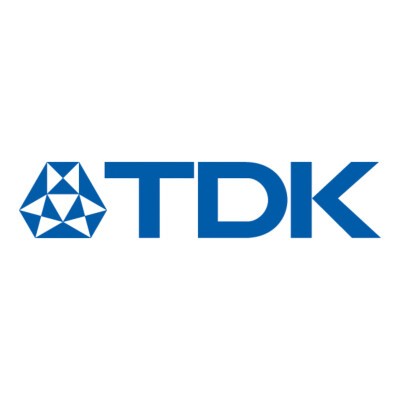Biochemical Effects of Plasma
Cold Active Plasma (CAP) produces reactive species that are increasingly used in medical and dental applications. In this article, we focus on the biochemical effects of various plasma compositions.
Decontamination, disinfection, or sterilization using reactive nitrogen and oxygen species generated in the MediPlasTM reactor offers an advanced alternative to other methods. Some of the reasons for this include low temperatures, high efficiency, and the absence of environmentally hazardous chemicals. Based on the process gas supplied and the resulting reactive compounds, the underlying mechanisms differ. Many applications already use ozone for disinfection and sterilization, but hydrogen peroxide, nitrogen oxides, and acids can enhance or extend the cleaning effect. MediPlas also provides additional process parameters to influence the gas mixture.
1. Ozone
Since ozone can penetrate the cell walls of microorganisms and react with cellular components such as proteins and nucleic acids, it is a powerful oxidizing agent and thus an effective antimicrobial agent. Ozone can cause cell damage and inactivation or cell death, which limits the extent of microbial resistance. As biofilms are resistant to many conventional disinfectants, the use of gaseous and dissolved ozone is a promising technique for biofilm inactivation and has been successfully explored.
How effectively ozone disinfects or sterilizes depends on several factors, including ozone concentration, humidity, temperature, and exposure time. Higher ozone concentrations and longer exposure times generally result in increased inactivation of microorganisms. However, optimal conditions may vary depending on the type of microorganism and the specific application. When using the MediPlas system, the following should be considered:
- The highest ozone generation rate (in g/h) is achieved at a medium power density in the reactor (e.g. at 15 V operating voltage) and maximum airflow (e.g. 10 L/min), preferably with dry compressed air. The integrated thermoelectric cooler (TEC) is set to optimum power (~ 2 A (typ.) current to the TEC), and the fan runs at full speed.
- Ozone concentration (in ppm or g/l) will be highest at low flow rates (<1 L/min (typ.)) with dry air or pure oxygen. The power density should be set to a medium value (e.g. at 15 V input voltage to the driver), with the TEC set to a point of optimum heat dissipation (e.g. at 2 A) and the fan running at full speed.
2. Nitrogen oxides
Gaseous nitrogen dioxide (NO2) is suitable for sterilizing medical instruments, equipment, and surfaces, among other things. This process is effective at room temperature, works at low concentrations, acts quickly, and leaves minimal residues. NO2 easily penetrates packaging without condensing. Tests have shown that nitrogen dioxide is effective against bacteria, spores, fungi, and viruses and meets sterilization standards.
To achieve high NOx emissions (measured in ppm) with the MediPlas system, the reactor must be set to a high-power density. The cooling system, consisting of the TEC and the fan, should ensure that the gas temperature at the outlet does not exceed a certain target temperature, e.g. +70 °C.
3. Hydrogen peroxide and acids
Hydrogen peroxide is effective against a broad spectrum of microorganisms, including bacteria, yeasts, fungi, viruses, and spores. Studies have shown that its efficacy against various pathogens varies depending on concentration and exposure time.
Nitrogen-containing acids such as nitric acid (HNO3) and nitrous acid (HNO2) are formed by reacting with nitrogen oxides (NO2 and NO). Nitric acid is highly oxidizing and is a strong acid with antimicrobial properties that can be used for disinfection. The acid is effective against bacteria, fungi, and viruses by destroying their cell membranes and denaturing proteins.
When moisture is added to the process gas, nitrogen-containing acids like HNO3 and hydrogen peroxides are formed. Higher humidity in the process gas, a low reactor temperature, and a high-power density can increase the production rate of nitrogenous acids in the MediPlas reactor.
The compact solution in the DBD plasma reactor MediPlas is presented in the article entitled "MediPlasTM by TDK – Taking low-temperature sterilization to the next level." The article "Controlling chemistry in plasma sterilization" deals with the technical aspects of the generated chemically reactive species.

